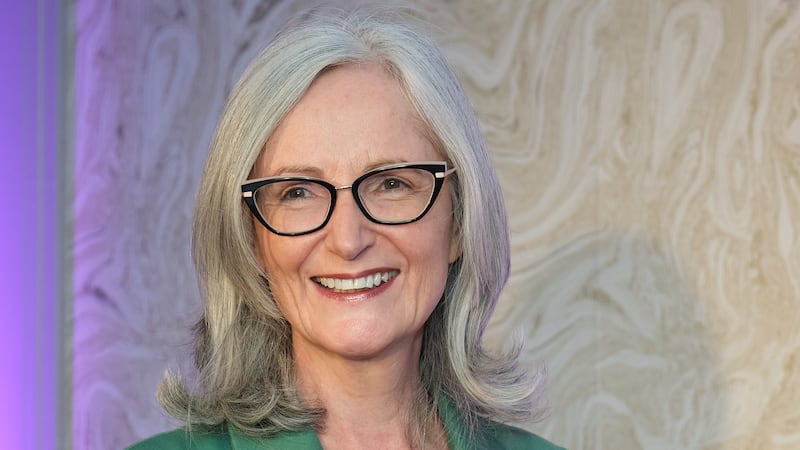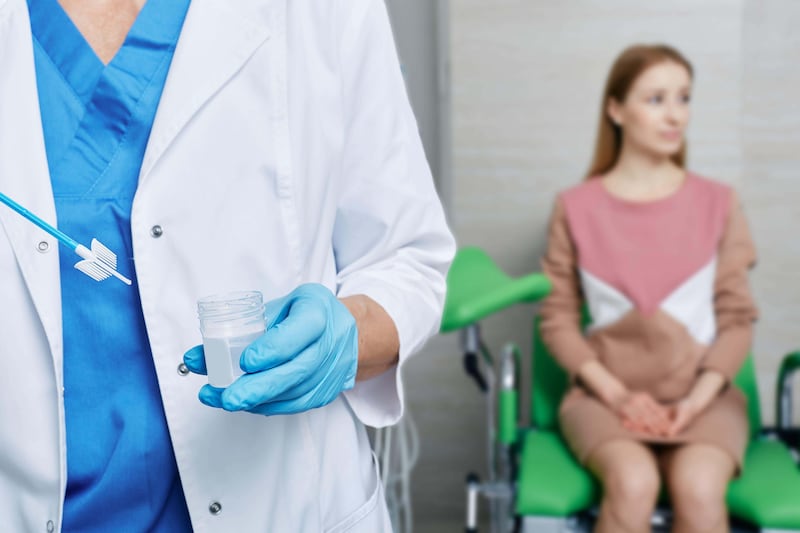TINY ceramic 'needles' may be a new way to tackle back pain.
The granules, smaller than a human hair, are implanted in the back instead of using bone grafts to help weld bones together to reduce pain and improve function.
Over a few weeks, new bone grows around the needle-shaped granules, fusing the vertebrae.
Around 100 patients are now trialling this treatment following successful animal studies.
Traditional spinal fusion surgery relies on bone grafts to join the vertebrae, stopping them rubbing together and causing pain.
It is used to treat a range of conditions which affect millions of people, including disc disease and spinal stenosis, where the space inside the spine narrows, putting pressure on nerves.
After age 40, most people have some disc degeneration owing to wear and tear. While painkillers are the initial treatment, each year around 50,000 patients in the UK need spinal operations, including fusion surgery.
Although this can be effective, there is inevitably some loss of mobility when the joint is fused.
There's also a risk of adjacent segment disease - the lack of movement between the fused vertebrae can put excess pressure on the areas above and below, which can cause pain and weakness.
And the relief surgery provides does not always last long term; about 25? per cent of people who have fusion surgery require a repeat operation within 20 years.
In addition, it requires a bone graft, where bone is removed from a patient's hips or legs. This can cause months of pain.
By contrast, the MagnetOs granules, made from a ceramic material called biphasic calcium phosphate, do not require a bone graft.
Surgeons mould the material between the bones of the joint being fused. Tiny needles on the surface help it to stick.
As the material is similar in structure to bone, it attracts new bone cells to grow around it. Over time this fuses the damaged bones together.
Animal research has shown this approach can be highly effective.
One study, reported in the journal European Cells & Materials last year, found it contributed to faster healing, with new bone forming in three weeks rather than the six months it can take using a bone graft.
A second study showed the granules led to a 92??per cent successful fusion rate after 12 weeks.
In the new clinical trial under way at University Medical Center Utrecht, and four other hospitals in the Netherlands, surgeons will use two teaspoons of granules in each joint.
Each patient will have two joints treated, one with the MagnetOs granules and the other with conventional bone grafts, and the results will be compared.
Mike McNicholas, a consultant orthopaedic surgeon at Liverpool University Hospitals, says: "The rapidity of the bone formation may relate to the shape of the granules. The results will be fascinating."
© Solo dmg media








